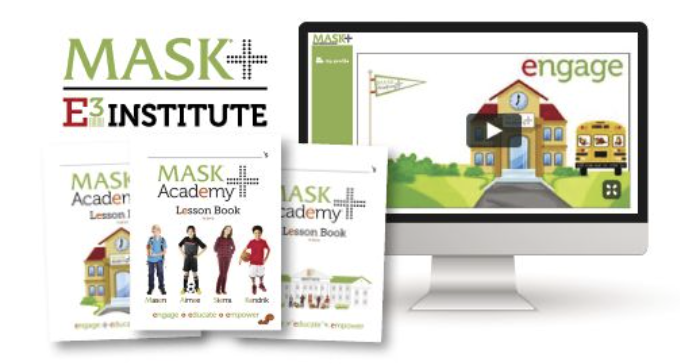
Peer Pressure Exit Strategies
September 16, 2024
Benefits of Family Connection
September 20, 2024Journaling with kids can be a wonderful way to foster self-expression, emotional intelligence, and creativity. It helps children reflect on their thoughts and feelings, set goals, and develop writing skills. Here are some tips and ideas for journaling with kids:
1. Make It Fun and Engaging
- Use Colorful Supplies: Provide journals with colorful covers or designs and offer a variety of pens, markers, and stickers to make journaling appealing.
- Personalize the Journal: Let your child decorate their journal with drawings, stickers, or photos to make it their own.
2. Start with Simple Prompts
- Use Prompts to Spark Ideas: Begin with easy and fun prompts such as “What was the best part of your day?” or “If you could have any superpower, what would it be and why?”
- Incorporate Interests: Tailor prompts to your child’s interests, such as “Describe your favorite animal” or “Write about your dream vacation.”
3. Make It a Routine
- Set a Regular Time: Establish a regular journaling time, such as before bed or after school. Consistency helps build the habit.
- Journal Together: Set aside time to journal alongside your child. Sharing the experience can make it more enjoyable and show them that journaling is valuable.
4. Encourage Creative Expression
- Allow for Freedom: Let your child choose how they want to express themselves, whether through writing, drawing, or collage.
- Include Different Mediums: Encourage them to add drawings, doodles, or even photographs to their journal.
5. Be Supportive and Non-Judgmental
- Show Interest: Ask questions about their entries and show genuine interest in what they write or draw. This encourages them to keep journaling.
- Avoid Criticism: Provide positive reinforcement and avoid criticizing their content. Focus on encouraging their creativity and self-expression.
6. Use Journaling for Emotional Processing
- Express Feelings: Encourage your child to write about their feelings and experiences, both positive and negative. Journaling can help them process emotions and gain insight.
- Create a Gratitude Journal: Introduce the concept of gratitude by having your child write or draw about things they are thankful for each day.
7. Incorporate Goals and Achievements
- Set Goals: Have your child write about their goals and aspirations. This can help them focus on what they want to achieve and track their progress.
- Celebrate Achievements: Encourage them to record their successes and celebrate their accomplishments in their journal.
8. Explore Different Journal Formats
- Bullet Journals: Introduce the idea of bullet journaling, which involves using symbols and short entries to organize thoughts and tasks.
- Travel Journals: If you go on trips, create travel journals where your child can document their experiences, draw landmarks, and write about their adventures.
9. Make It a Collaborative Project
- Create a Family Journal: Start a family journal where everyone contributes entries about special events, memories, and shared experiences.
- Pen Pals: If appropriate, set up a pen pal system with a family member or friend where your child can exchange journal entries.
10. Incorporate Technology
- Digital Journals: If your child is interested in technology, consider using digital journaling apps that allow for text, images, and even audio recordings.
- Blogging: Older children might enjoy starting a private blog where they can share their thoughts and experiences online.
11. Reflect and Share
- Review Entries: Occasionally review journal entries together to reflect on experiences and growth. This can help your child see how they’ve changed over time.
- Share Stories: Encourage your child to share their favorite journal entries with you or others, fostering pride in their work and reinforcing the value of their reflections.
12. Incorporate Mindfulness
- Mindful Journaling: Introduce mindfulness techniques by having your child write about their experiences with mindfulness exercises, such as deep breathing or meditation.
- Reflective Prompts: Use prompts that encourage reflection on their thoughts and feelings, such as “What made you feel calm today?” or “What did you learn about yourself?”
Conclusion
Journaling with kids can be a meaningful activity that nurtures creativity, self-expression, and emotional well-being. By making journaling enjoyable and supportive, you help your child build a valuable habit that enhances their self-awareness and communication skills.
To learn more tips and parenting subscribe to MASK The Magazine, parenting solutions for today’s families
Subscribe to MASK The Magazine
Or
Did you know that you can add past issues of MASK The Magazine and start your MASK Library –
Enroll your child or school in the MASK E3 Institute to equip them with the knowledge to make safe healthy and informed decisions.




